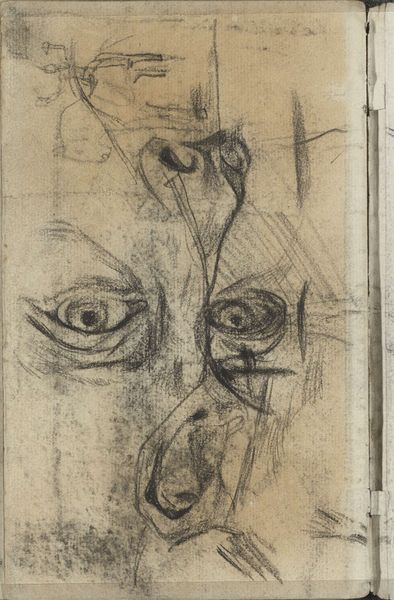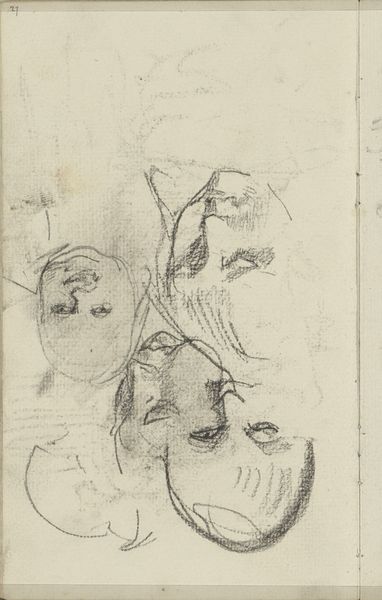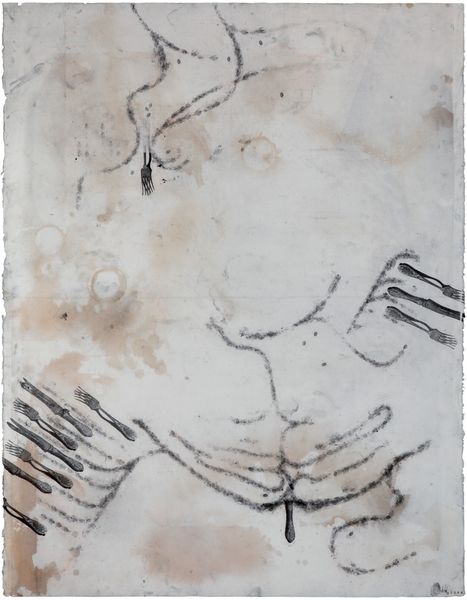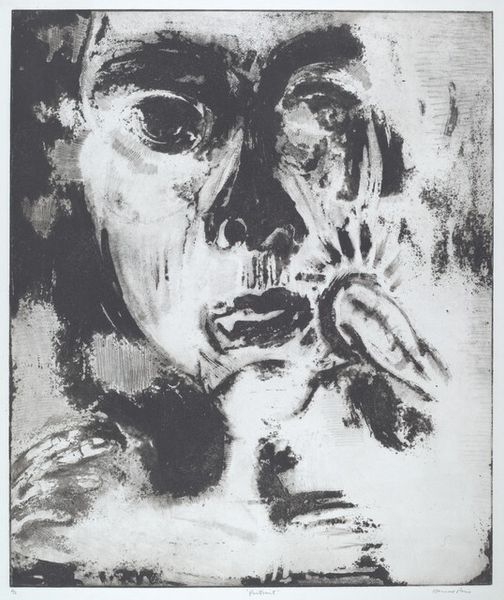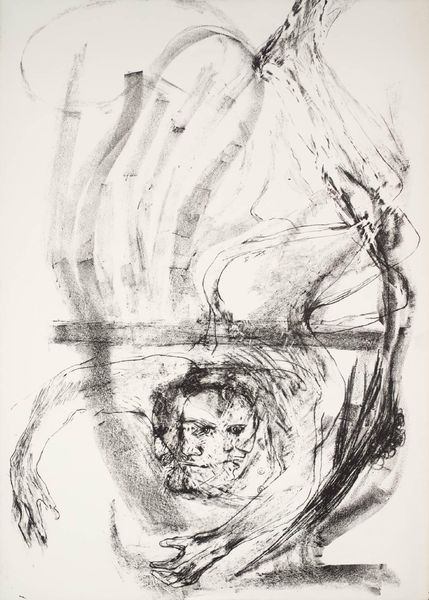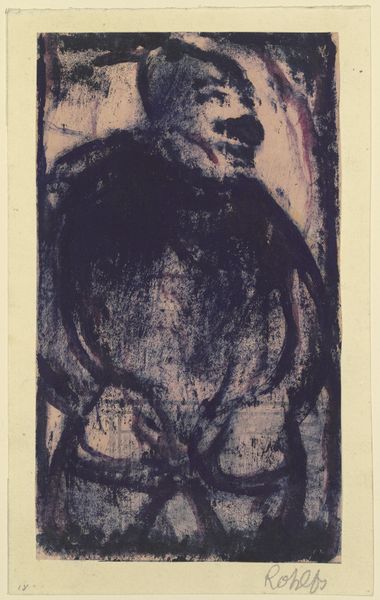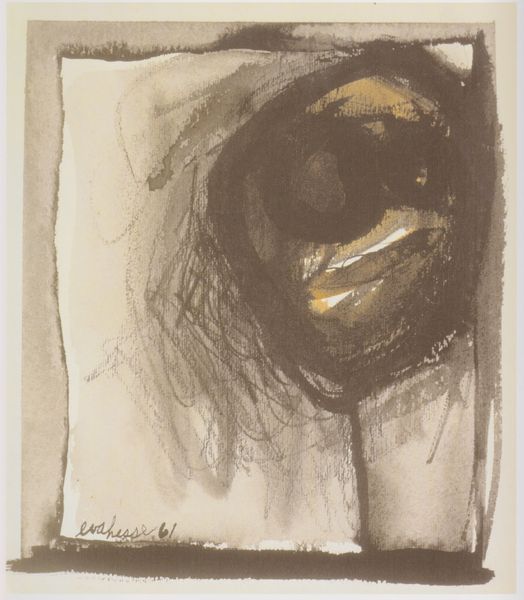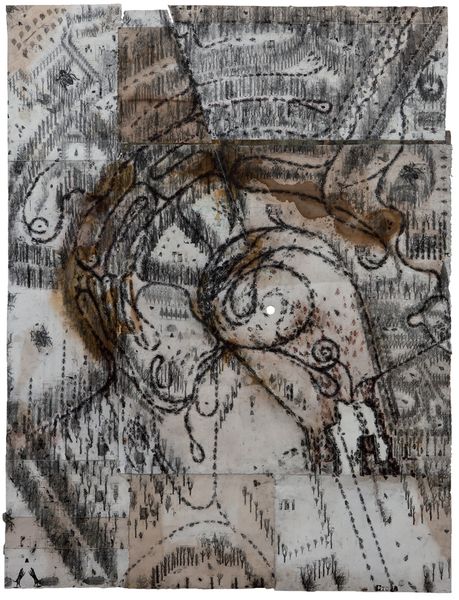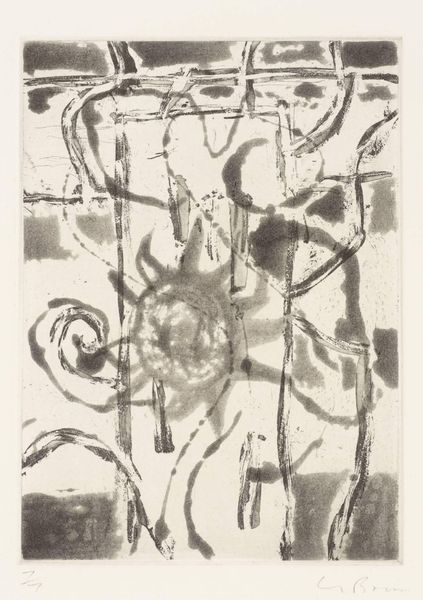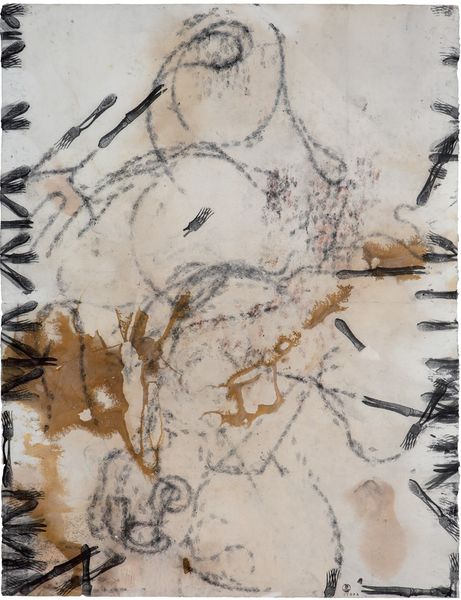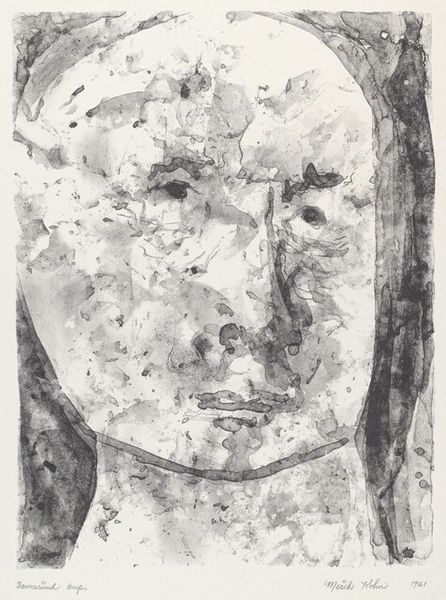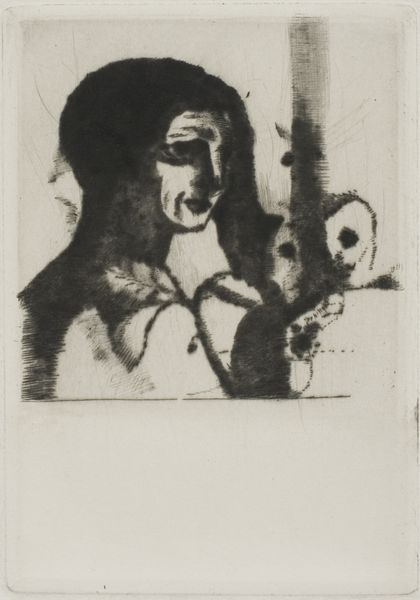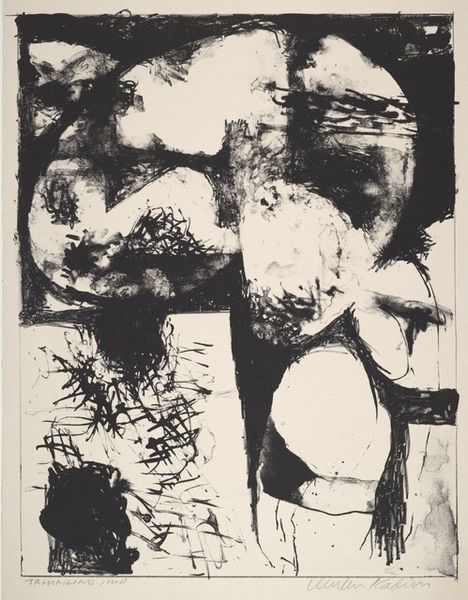
Copyright: Public domain
Editor: Right, next up we have Jindrich Styrsky's "The Eyes," created in 1936, employing pencil, charcoal and drawing techniques. It gives me a rather unsettling feeling, with its fragmented composition. What do you see in this piece? Curator: I see a potent exploration of the artist’s psychological state through the manipulation of material and technique. The visible process – the charcoal smudges, the pencil lines, the apparent reworking of forms – speaks to a sense of instability and unease. Think about the availability, cost, and portability of pencil and charcoal in the 1930s in Czechoslovakia, considering that as impacting the way an artist makes work at the time. The texture is also interesting - How do you think he achieved it, and to what purpose? Editor: It almost looks like he rubbed the charcoal in certain areas, maybe using a cloth? The texture certainly adds to that unsettling quality, blurring the lines between representation and abstraction. Do you think the choice of materials would have been a deliberate attempt to align with broader avant-garde artistic and social movements? Curator: Precisely. Styrsky wasn't simply depicting eyes; he was constructing a visual language of anxiety and surveillance, appropriate for a time that would soon plunge Europe into turmoil. It's worth thinking about how the ready availability and accessibility of such 'low' materials, compared to traditional oil paints for example, granted artists the means to directly challenge academic conventions. Consider also how labor informed his artistic production. Editor: That's a perspective I hadn't fully considered. It shifts the focus from the pure representation to the actual making of the piece, linking the artist’s labor and social context. Curator: Exactly! By analyzing the artwork's materiality, we gain valuable insight into the artist's intention, historical context, and societal critiques. Editor: This conversation has encouraged me to consider art through a new lens - material reality and the artist's work within particular conditions. Thanks!
Comments
No comments
Be the first to comment and join the conversation on the ultimate creative platform.
